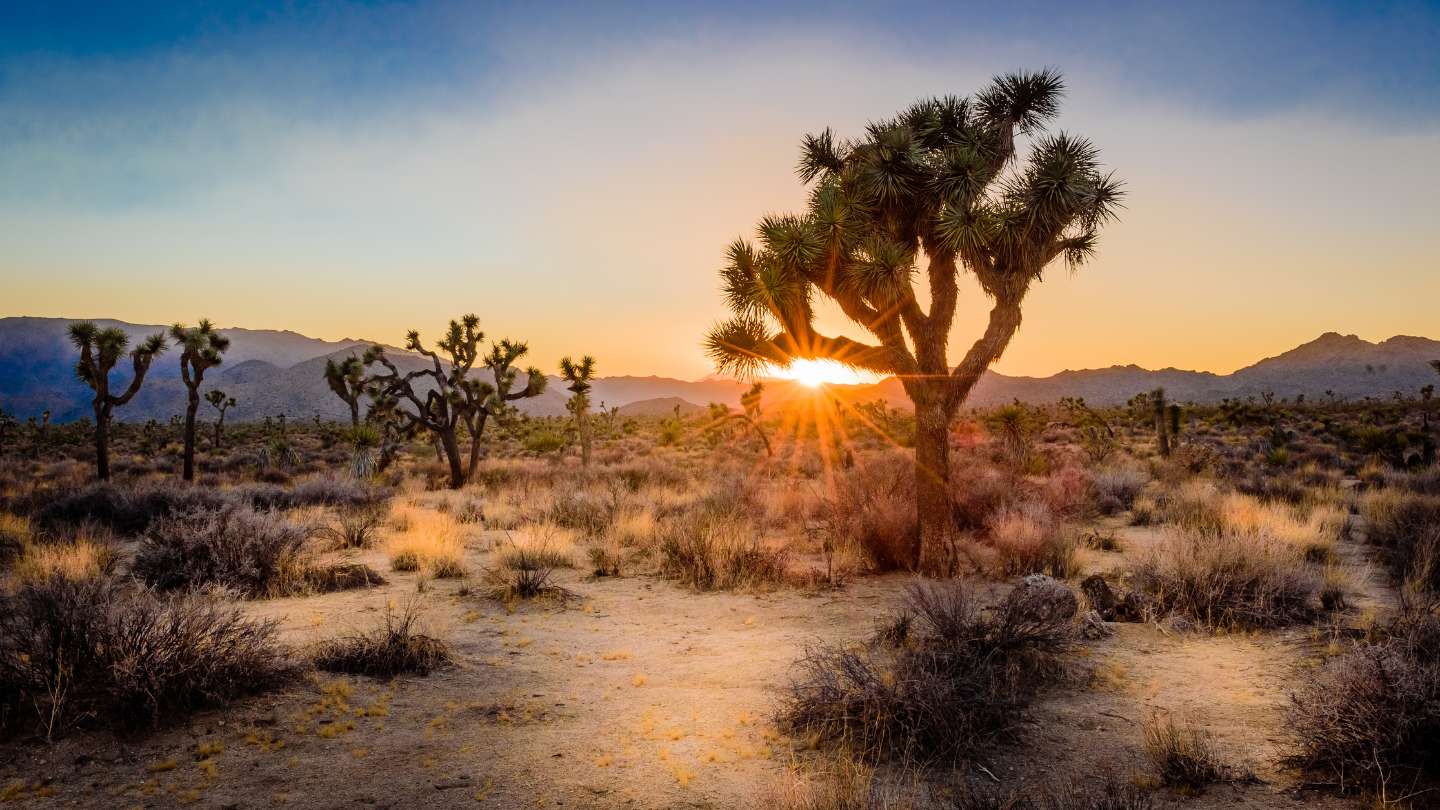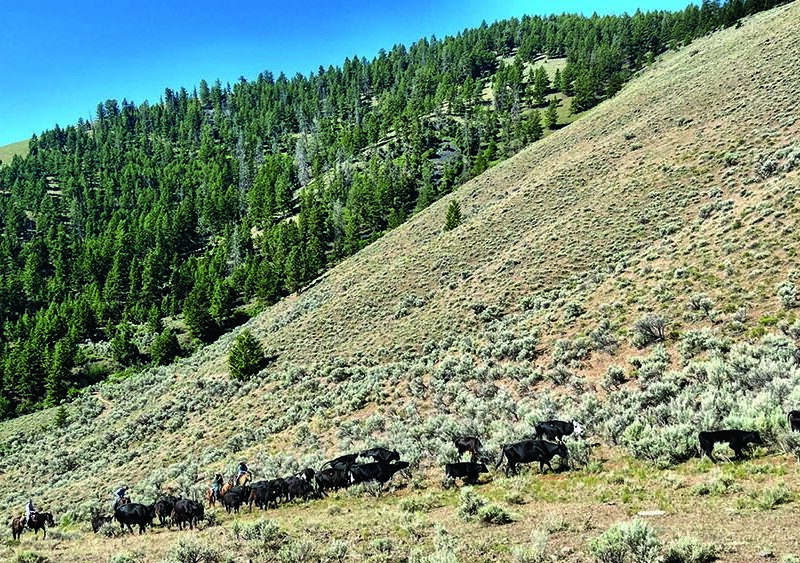Requiem for the Joshua Tree
Disheveled, gangly, the Joshua tree is surely one of the West’s strangest — and most recognizable — plants. Named by Mormon pioneers for the prophet Joshua, whose upraised arms pointed to the promised land, Joshua trees are more likely to remind people today of the lovable creations of Dr. Seuss.
The trees can live several hundred years and are both the symbol and ecological keystone of the great Mojave Desert ecosystem, stretching from southern California into Nevada, Arizona, and southwestern Utah. This stark and beautiful landscape is home to a rich diversity of desert creatures, from tortoises to bighorn sheep, many of which depend on the Joshua tree for food and shelter.
Tragically, after existing in the Mojave Desert for 2.5 million years, Joshua trees are now in catastrophic decline, the victim of development, invasive plants, climate change and most dramatically, fire.
This summer’s York Fire burned almost 100,000 acres in the Mojave National Preserve, and is only the latest in a series of fires that have devastated Joshua tree populations. These include the Hackberry complex in 2005 —71,000 acres — and the Dome fire in 2020 — 43,000 acres — which destroyed about 1.3 million trees.
Invasive annual plants including cheatgrass and red brome have created a “fire-grass cycle” in the Mojave by adding continuous fuels to the formerly bare ground between the Joshua trees and other shrubs.
But wildfires in the desert? Deserts are hot and dry, so that parched landscape doesn’t have enough fuel to feed major conflagrations, right? That used to be true, but not anymore.
Invasive annual plants including cheatgrass and red brome have created a “fire-grass cycle” in the Mojave by adding continuous fuels to the formerly bare ground between the Joshua trees and other shrubs.
This sends fire across the landscape, killing everything in its path.
Joshua trees never evolved with frequent, intense fires, and are highly flammable. Fewer than 10% of those burned in the Dome fire have since re-sprouted. Their fleshy fruits and seeds are not fire adapted. And massive efforts to plant Joshua tree seedlings in burned areas have had limited success.
“The reality is that Joshua trees are already in a state of decline because of global warming and increasing frequency of drought,” ecologist James Cornett told the Los Angeles Times. “Then on top of that, you throw on a fire like the York fire, and these trees are not likely to recover in our lifetime.”
Climate change is perhaps the greatest threat of all. A 2019 study concluded that only .02% of the species’ habitat in Joshua Tree National Park would remain viable after 2070 if climate change continues unchecked; even in the best-case scenario only 19% may be saved.
A glimmer of hope comes from the fact that many, many people love the quirky Joshua tree and are dedicated to its survival. Several large preserves have been set aside in the Mojave to protect Joshua trees and other desert species. These include Joshua Tree National Park and the Mojave Desert Preserve in California, and the Desert National Wildlife Refuge and the newly proclaimed Avi Kwa Ame National Monument in Nevada.
To extend protections to private lands, California adopted the Western Joshua Tree Conservation Act this summer. Designed to limit the impacts of development in rapidly growing desert cities like Palmdale and Lancaster, this requires permits and mitigation for the killing of removal of Joshua trees.
Finally, and as a last resort, there has been discussion of “assisted migration,” moving Joshua trees northward in response to climate change.
Finally, and as a last resort, there has been discussion of “assisted migration,” moving Joshua trees northward in response to climate change. A study by USGS biologists concluded that only a few areas within the Joshua tree’s current range are likely to be suitable for the species by the end of this century. To prepare for possible relocations, the National Park Service, with assistance from a youth conservation program, the Urban Conservation Corps, has collected over a million Joshua tree seeds from 47 populations.
This work follows the example of a very old, and very large, collaborator, the Shasta ground sloth. This hulking bear-sized herbivore roamed the American West until about 11,000 years ago. Abundant sub-fossilized sloth dung found in caves throughout the Southwest prove that its diet was largely composed of foliage from Joshua trees, with plenty of undigested seeds mixed in. Researchers believe that the sloths were key to spreading Joshua trees to new locations in the Pleistocene.
We can only hope that the efforts of today’s young seed collectors will bring the Joshua tree to a new promised land.
Pepper Trail is a contributor to Writers on the Range, writersontherange.org, an independent nonprofit dedicated to spurring lively conversation throughout the West. He is a biologist and writer in Oregon.
Photo is Sunset on the desert landscape in Joshua Tree National Park, California, by Frank DeBonis from Getty Images.





